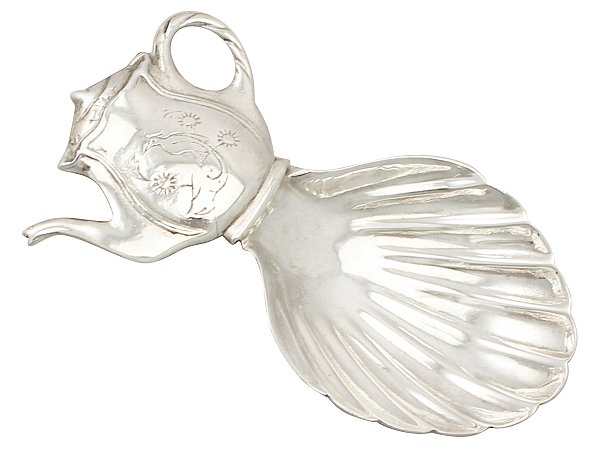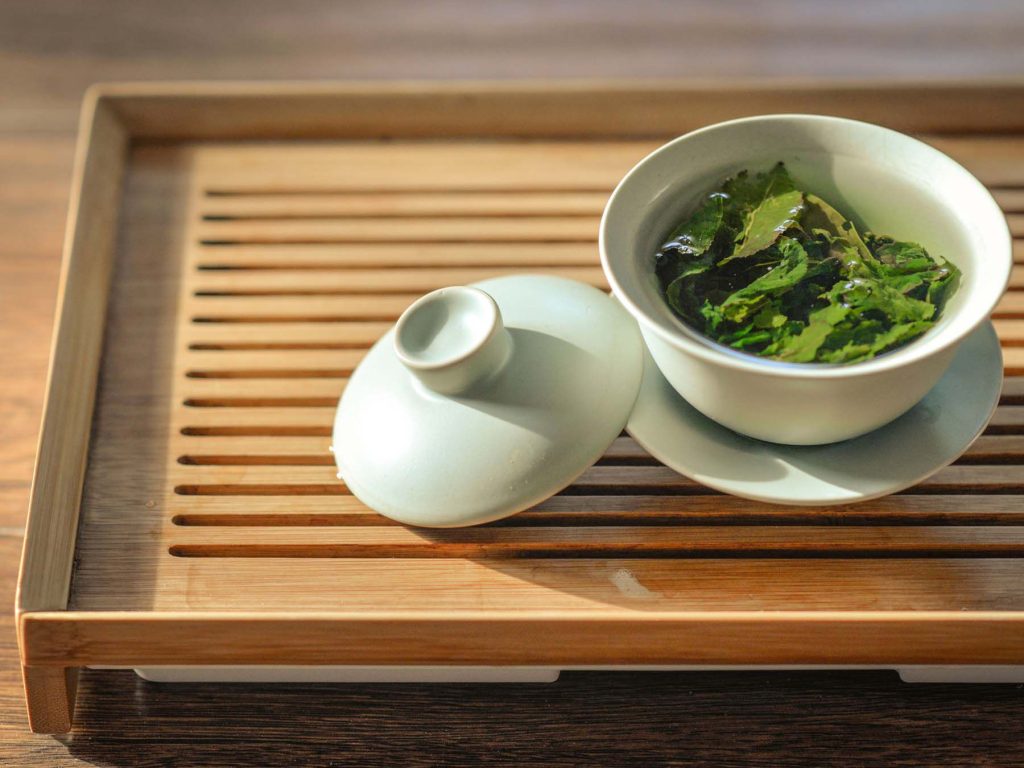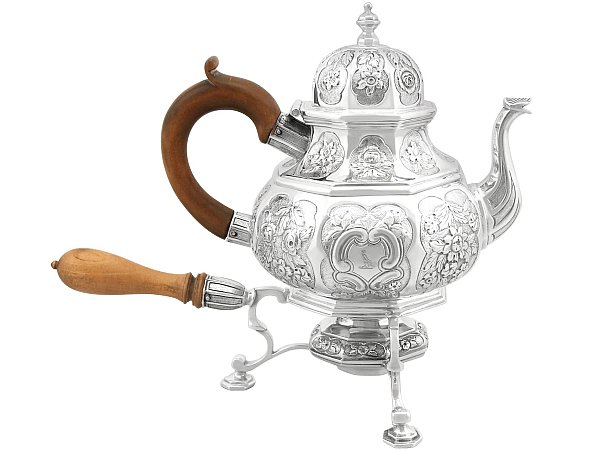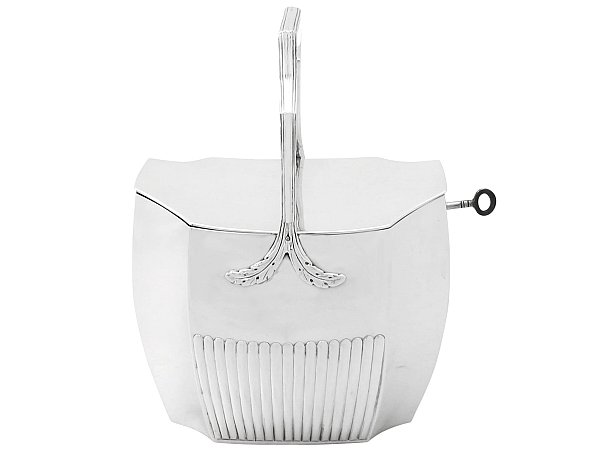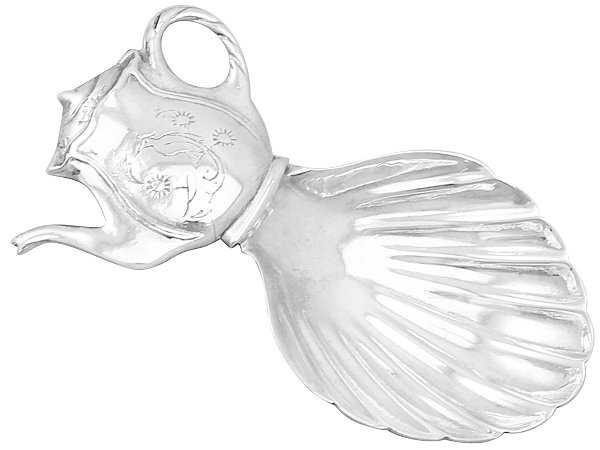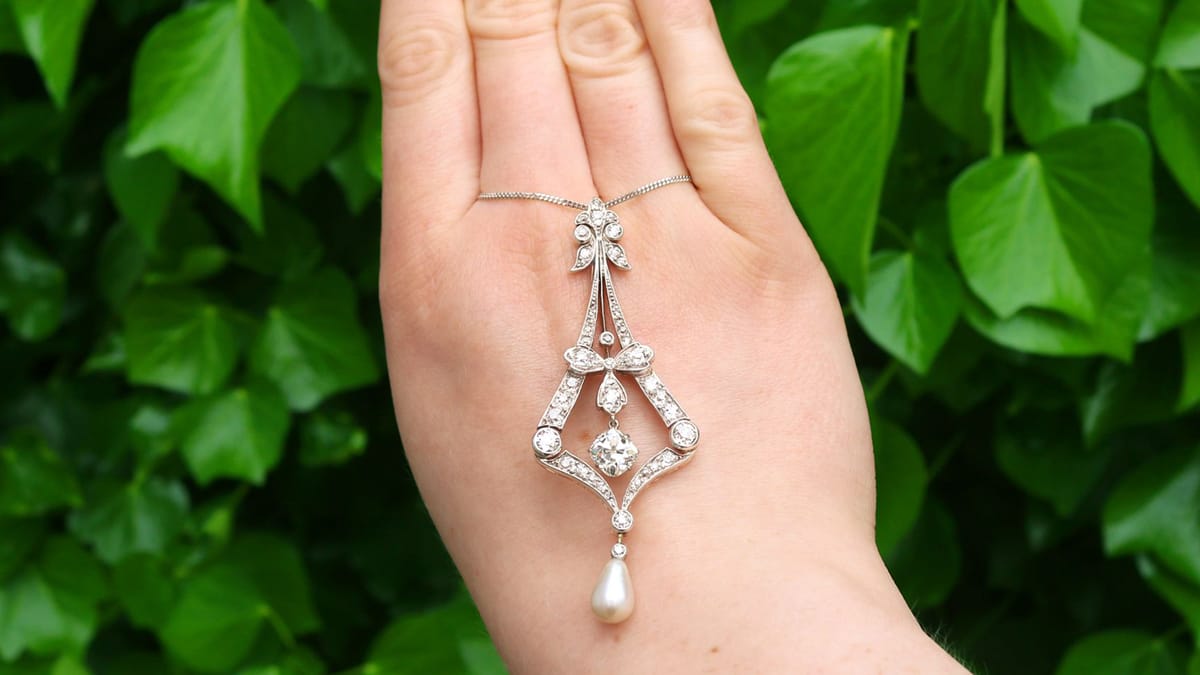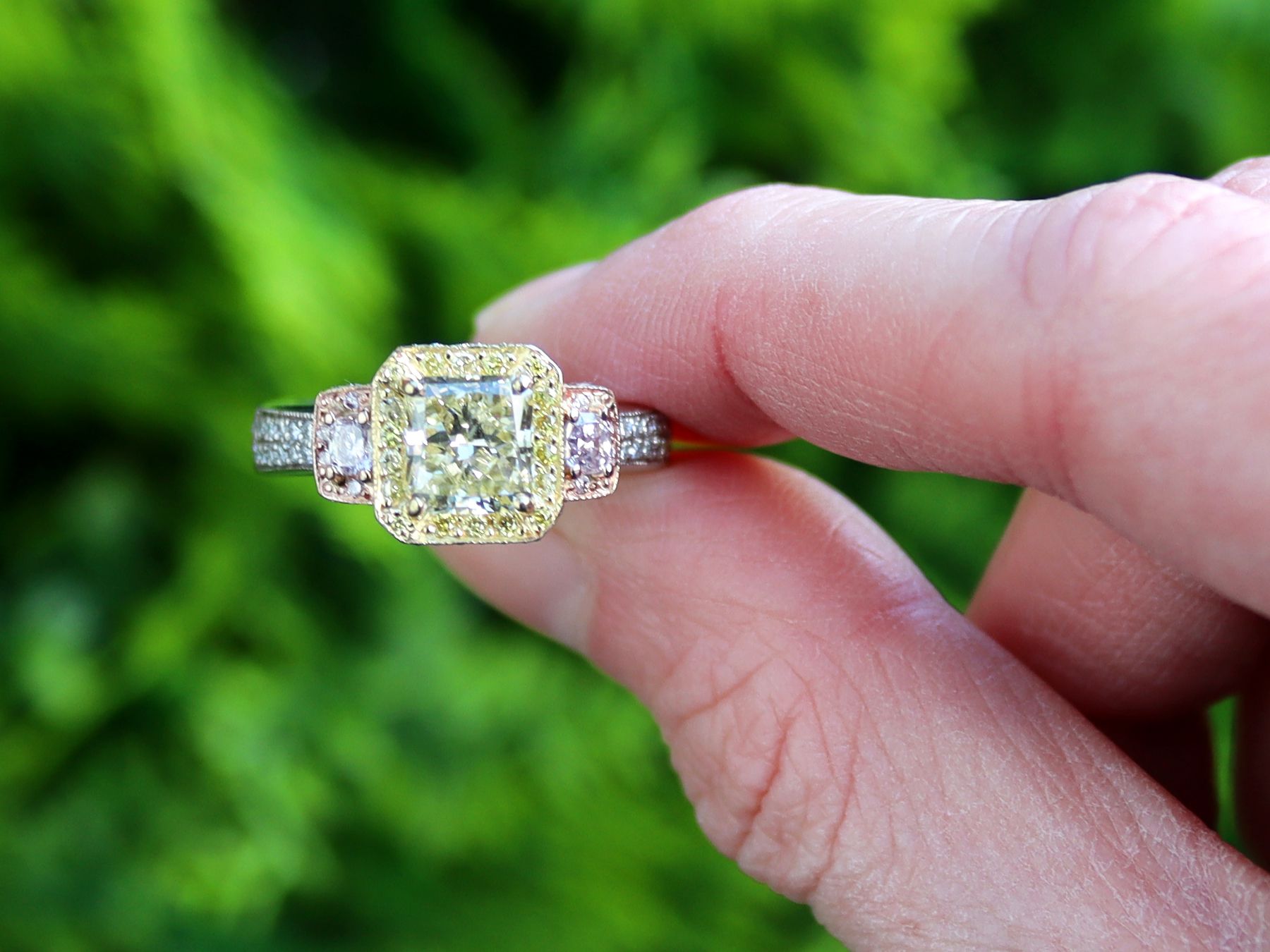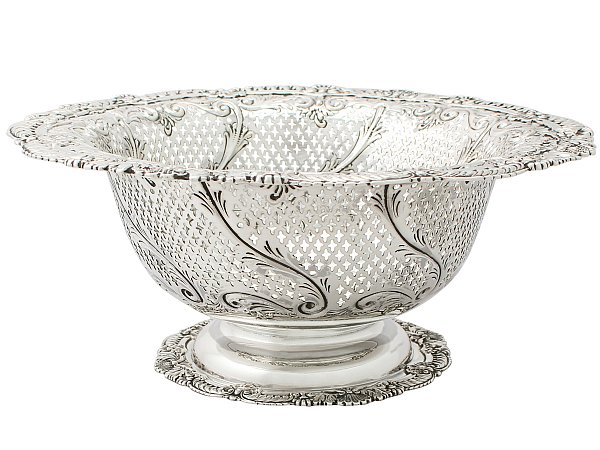The routine is familiar to us all- boil the kettle, steep the tea, and add milk and sugar to taste. Tea-making is as natural to us Brits as breathing. In fact, centuries ago writer David Elliston claimed ‘the making of tea is one of the most deep seated British rituals, impervious to change’. It’s hard to imagine that there was a time where this wasn’t the case. However, shocking as it may be, tea didn’t really become our national drink until the Georgian era. Each time we measure tea leaves into a teapot or lift a cup to sip the refreshing brew, we become another link in the captivating chain of events that connects the modern tea drinking world to the Georgian era- and even ancient China. So make yourself a cuppa and dive on in with us as we examine further the history of tea in the Georgian era.
Types of Tea
In the Georgian era, there appear to have been two main types of tea on the market; bohea and green. The most famous by far, however, was bohea black tea. This wasn’t black tea as we know it today- it was simply darker and browner than the green teas available at the time. Although considered to be of inferior taste by the Chinese, European tea traders bought it with enthusiasm. Bohea tea was most likely a form of oolong or wu lung. It took its name from the Wuyi Mountains between Fujian and Hokkien province- bohea is an anglicised pronunciation of Wuyi. By the end of the century, bohea was the most popular tea in Britain. It had captured the hearts of all, from the prestigious elite to the common man.
The tea that was sold in Europe in the eighteenth century came from China, and occasionally Japan. The ‘Indian tea’ that was sold at this time was also from China. Tea production in India and Sri Lanka only began after the ‘discovery’ of tea in Assam by Charles and Robert Bruce in the 1820s.
It is interesting to note that one of our most popular teas today, Earl Grey, was not created until late in the Georgian era. Although bergamot flavoured teas had been around since 1820, this particular type did not appear until almost after the reign of George IV. The story goes that the tea was specially blended for Charles Grey (a Lord) by a Chinese mandarin. This was allegedly done to suit the water at his home in Howick Hall, Northumberland. The water had a preponderance of lime in it, and bergamot was used to offset this. Thus, Earl Grey tea was formed. Lady Grey used this tea when she was entertaining guests, and it proved so popular that she was asked if it could be sold to others. And to this day, it still is!
Tea Popularity
Of course, tea in Britain was a commodity before the Georgian era, even if it wasn’t quite as popular. A key figure in cementing tea as a symbol of Britishness was King Charles II. He and his wife, the Portuguese Infanta Catherine de Braganza, were both confirmed tea drinkers. Charles grew up in the Dutch capital while in exile, and grew used to this custom there. When the monarchy was re-established and he took the throne, he and Catherine brought with them this foreign tea tradition. It was from here that the popularity of the beverage began to steadily climb.
By the early Georgian era, tea drinking was an important part of daily social life among the upper classes. The humble teapot was considered to be an indispensible piece of household equipment. Such was the power of tea that it replaced ale as the national drink of England. Poet Duncan Campbell recognised the importance of tea to all self-respecting upper class ladies when he composed ‘A Poem upon Tea’ in 1715. Indeed, tea served as inspiration for many creatives around this time. It is even referenced in Alexander Pope’s famous poem ‘The Rape of the Lock’ (published just before the Georgian era).
Naturally, the popularity of tea was at first limited to the upper classes. Writer and traveller François de La Rochefoucauld wrote that tea drinking ‘throughout the whole of England’ was used to ‘provide the rich with an opportunity to display their magnificence in the matter of teapots cups and so on which are always of most elegant design’. As much as it was a delicious beverage, tea- and all the pomp and circumstance that came with it- was also a status symbol.
Tea was an expensive commodity; especially the refined kind drank by the wealthier classes. This may now be hard to imagine because we have tea available at every corner shop. However at this time it was being imported in limited quantities by merchant ship and this was reflected in the price.
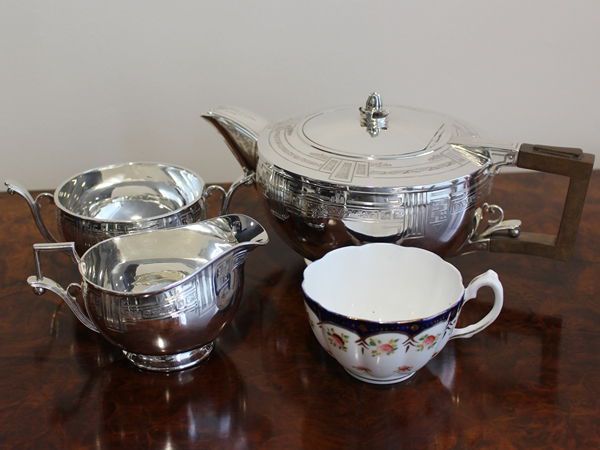
Because of its price, the most extensive use possible was made of tea leaves. Leaves would often be recycled for the servants pot (what a treat!) and after that would be used for cleaning. Old, damp tea leaves were perfect for catching dust and dirt, and so were sprinkled on carpets before they were swept.
Tea Accessories
However, before it made its way to the servants’ quarters, the luxury of tea was also evident in the accessories that came with it. Silver teapots were all the rage in the Georgian era. An inventory from the Earl of Washington’s estate shows that he possessed four of them! Their designs likely varied, as teapots in the Georgian era saw a huge assortment of styles and influences such as the Rococo style.
By the mid Georgian era, tea tables were often known as ‘silver’ or ‘china’ tables after the tea wares that were displayed on them. These included tea caddies- a means of keeping tea away from greedy servants. These tea chests were lockable containers made for storing tea. They could only be accessed by a key which was kept under the watchful eye of the lady of the house. For example, Jane Austen was responsible for the tea caddy at Chawton Cottage. These tea caddies were a reflection of wealth, and they were decorated as such. Cabinet makers chose expensive, rare materials to craft these with including silver, tortoiseshell and mother of pearl.
Other tea accessories throughout the Georgian era included caddy spoons; created to measure out the correct amount of loose tea. They originally had long, slim handles. However these gradually shortened until the spoon was short enough to fit inside the tea chest and always be there when needed. Caddy spoons can often be found in novel forms- for example this piece that is modelled in the form of a teapot. Wealthy people also added to their prestige by using fine silver canisters to present sugar. Sugar was a luxury in itself, however prior to this it was offered on a plate or shallow dish and served in small broken pieces.
Despite all of these rather luxurious accessories, tea didn’t become the nation’s favourite drink for nothing. With the discovery of silver plate in 1742 tea became more accessible as lower classes were able to utilise this rather than solid silver. Gradually, tea became cheaper too and with this its popularity skyrocketed.
Tea Enemies
Although it was undeniably popular, it is no secret that tea in the Georgian era did have some enemies. People even wrote essays about it! One, titled an ‘Essay on the Nature Use and Abuse of Tea in a Letter to a Lady’, was especially harsh. It suggested that tea was responsible for numerous diseases, due to it affecting the blood. Little did the author know that tea was more than likely lowering rates of disease. Boiling the water made tea far safer to drink than ale, although the Georgians were not aware of this. Another- allegedly ‘pro-tea’- magazine claimed that black tea exacerbated the symptoms of those suffering from asthma. With friends like these who needs enemies…
So there you have it; a brief guide to tea in the Georgian era. We’ve come a long way since then, with tea now readily available to be enjoyed by all. Although I imagine some people would be happy if ale was still our national drink! Please share your thoughts on tea in the Georgian era below.

